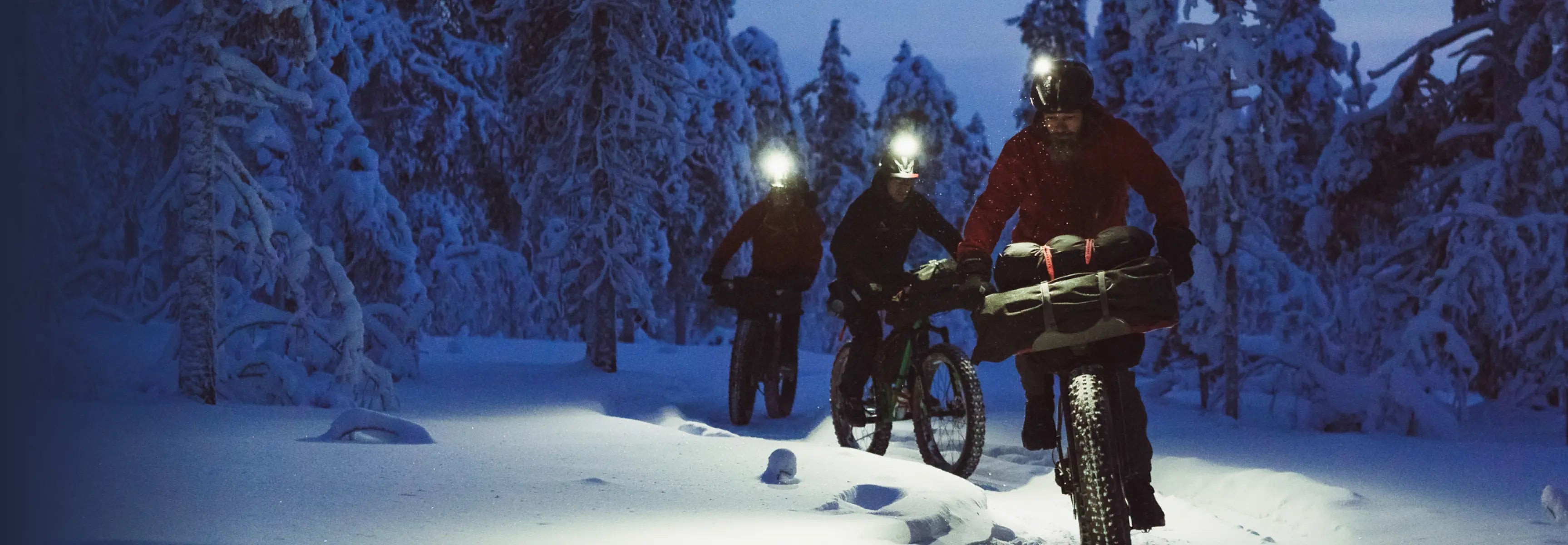
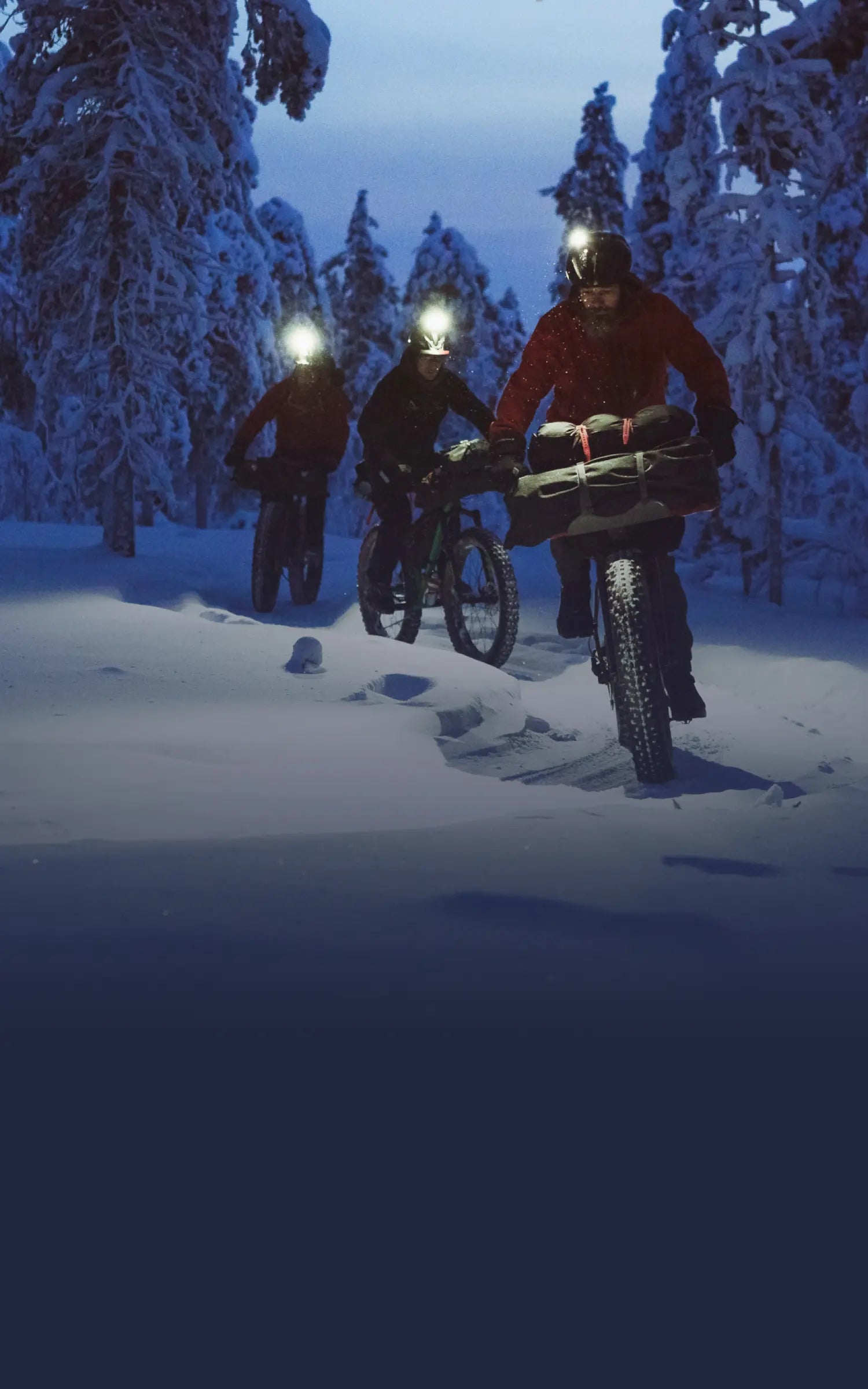
Suunto Blog
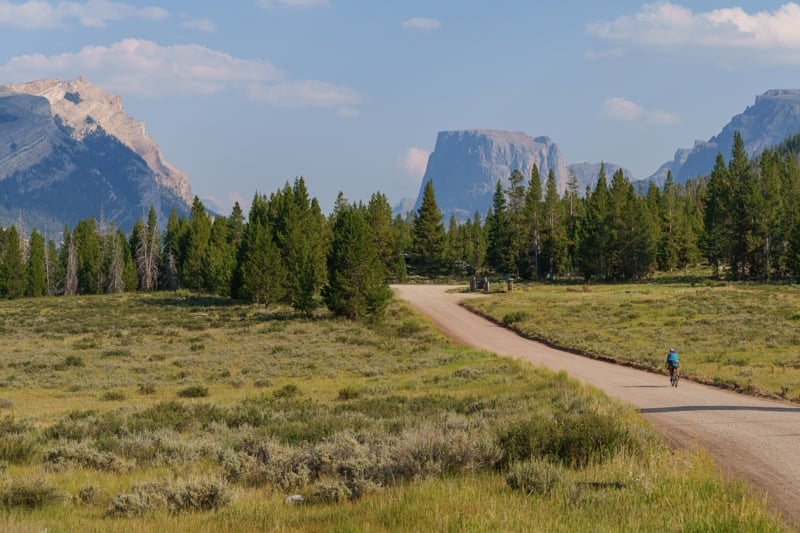
5 popular blog articles and 5 must-read tutorials of 2022
How to mix it up when you love too many outdoor sports
Allround mountain sport athlete Anton Krupicka shares how he strikes a balance with the four sports he loves.
”Embracing a variety of mountain sports has made me a more well-rounded athlete. It’s also extended my running career - there’s no way that I could only run now and stay healthy enough to race and have it be sustainable. That’s the main benefit,” Anton says.
Read more
Who’s having the most fun?
Feeling is an excellent metric for recovery. If your feelings after exercise start to trend downwards, something is not right. You may be pushing too hard, not recovering well enough or might be getting sick. Consider taking a break or doing something different for a change.
But in addition to helping you track your recovery, feeling data reveals more. Here are six interesting findings about Suunto community, based on the data from Suunto app database.
Read more
5 reasons why endurance athletes should do high-intensity strength training
To improve vertical speed and endurance, high-intensity resistance training should be an essential component of your training plan, says sports scientist, coach and athlete Susi Kraft. She is concerned many endurance athletes, whether trail runners, mountaineers or cyclists, believe they can skip the gym altogether or just do a little bodyweight training and that will suffice.
“One of the most common myths in the endurance world is that athletes should avoid lifting heavy weights, as they don’t need that for endurance, or that it will cause them weight gain and may slow them down,” Susi says. “This is just a myth. Actually, HIRT will make you faster, stronger and less prone to injury.”
Read more
Allyship in the outdoors: what is it and how to be a good ally for others?
Strong allies make for safer, more welcoming outdoor spaces. In this article by Suunto athlete, ultra-runner and diversity champion Ryan Montgomery, he explains allyship and how we can all be good allies in the outdoors.
“Not everyone feels welcome, nor safe, in the outdoors. Diverse communities – our queer, LGBT, people of color, and peers with disabilities – often experience limitations that prevent them from getting outdoors. Each of us plays a role in eliminating barriers to outdoor spaces for others; being an ally is what will make outdoor recreation safe and accessible for all people,” writes Ryan.
Read more
15 tips for beginners to fall in love with snorkeling
Dipping beneath the surface of the ocean opens up an incredible new world. It can expand our minds and bring us closer to our blue planet. With snorkeling, there’s no need for dive training or to carry heavy dive equipment. All you need is a good mask and snorkel, fins, a rash guard, reef-safe sunscreen, basic knowledge, and the new Suunto 9 Peak Pro so you can use the “snorkeling mode”.
Read more
And there’s always something to learn!
In addition to inspiring and insightful stories, several how to articles were frequently read. Check these out, for example.
Living peak adventure – How to navigate with Suunto
With a GPS watch from Suunto, a world of adventure is at your fingertips. Learn how to find, create and navigate routes that’ll keep you stoked. Read the five-part article series
How to use Karoo 2 bike computer with Suunto
Hammerhead Karoo 2 is a Suunto compatible cycling computer that brings advanced navigation features, Suunto heatmaps and intuitive software to your handlebars. But there’s more to it than that! Read more
Suunto app goes big
On a big screen device like an iPad or an Android tablet you can experience richer texture and detail while planning routes and analyzing your training data. Learn more
Track your human powered commutes with Suunto
Living a more sustainable life starts with small, everyday choices. And, when done often enough and by enough people, these small changes will add up and start to have an impact. To support you in this, we have added the ability to track your human-powered commutes with Suunto app. Learn more
Plan your interval workouts with Suunto app
Build a workout in Suunto app and let your watch guide you through your session! This is especially useful with complex sessions, like intervals. Use Suunto app to build the workout step by step from warm-up to cool-down. Learn more
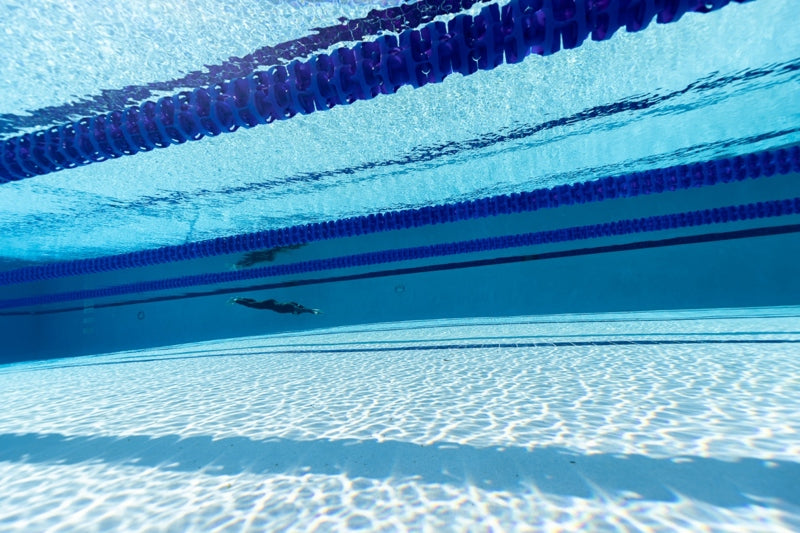
How to develop your mental immune system and fight stress
William celebrates after completing a new world record.
Depth freediving is unlike most other sports. To be successful, you need to be like a Zen master - calm and clear minded. Adrenalin, anger, stress, the flight and fight response are the sworn enemies of champion freedivers like Suunto ambassador William Trubridge. Instead, they cultivate calm and relaxation through a combination of mental and physical methods.
It’s his decades of exploring, developing and mastering these methods that led William to launch his new Mental Immune System program. It’s a double-pronged approach that uses these methods to dissipate stress, as well as to create barriers to its formation.
We caught up with the underwater Zen master himself to discuss the system. William just set a new underwater endurance swimming record by completing a distance of 50,575 m underwater on a breath hold, with no propulsive assistance. The distance was swum as 2,023 underwater laps of a 25 m pool in Nassau, Bahamas. He did it to raise awareness about the mental health crisis facing the world today.
Read on for our Q&A with William.
What is the Mental Immune System?
It’s a system for dealing with stress or anxiety issues. Or the general pressures of our age, and mental health problems that have become a real crisis in recent times. It’s like an app you can upload into your brain to work in the background. The idea is that it is programmed into your subconscious mind. It involves breathing and mental techniques that both have proven to have huge benefits for maintaining calmness and equanimity.
How did you come up with the idea?
I came up with the idea just by seeing how applicable the mental and breathing techniques that I used in freediving throughout my career were to deal with daily stress. Freediving is not like other sports in that the stress response, the adrenalin, the fight or flight reflex, cannot be channeled into a better performance in the same way they can in boxing or sprint running. In freediving it’s counterproductive because you’ll end up using oxygen quicker, maybe panicking underwater, which is the worst case scenario.
And the same applies to stress in our day to day lives. We’re not confronting sabertooth tigers anymore or living in the wild. Stressful situations normally involve family, loved ones, business, work, day to day life and in pretty much all of those if you respond with a flight or fight response you’re not going to go very far in life. The more calmness we can generate in those situations the more we will thrive. So freediving is very similar to daily life in that respect. I saw how effective these techniques were in freediving and when I started to use them myself in day to day life I found they were helpful and started recommending them to others and teaching them. I feel like it would be a crime for me to not make these techniques readily available.
Why now?
We’re living in an age of mental health crisis. It was getting worse before COVID, and then the pandemic catalyzed it. The statistics are frightening. 40% of adults suffer from anxiety disorder and/or depressive disorder. It’s not just that people feel a little anxious now and then; it’s an actual disorder. And a lot of people are taking drugs to cope, which is creating other dependencies. Then there’s the younger generations which is maybe even worse. Kids who are run into the ground by these anxiety problems. It’s something that is very difficult for our species at this point in time and we need all the techniques we can get to help us, especially methods that don’t come at a cost by causing dependencies and other stuff. The Mental Immune System is long lasting and it is self-replenishable and has no side effects.
Freedivers use a variety of breathing exercises.
How does the program work?
It’s a double prong approach. Because stress attacks us mentally and physically we need to respond with mental and physical techniques. The physical mostly revolves around breathing techniques; a specific type of breathing that’s simple enough to learn and switch over to and is hugely powerful. The mental techniques are similar to mindfulness. It’s basically a variation of mindfulness that uses the brain itself to break the spiraling thought patterns that we get into and the negative self-talk we do.
How is it different from mindfulness?
The game changer, the thing I think that makes the system so powerful, is it is programmed into the subconscious mind. If you’re freaking out, the last thing you’re going to do is sit in a corner and practice some funky breathing method or meditate with your eyes closed. You cannot do that in a business meeting or during an argument with another person. It has to be a technique that is there in the background and operating without your conscious involvement so you can be carrying out your role, whatever that may be. That’s the game changer - to program it into the subconscious mind. In the same way that our physical immune system is completely autonomic; we don’t tell our white blood cells to go and fight a virus. It has to be automatic. I think the same applies for the mental immune system.
Find out more here!
Lead images: André Musgrove

15 tips for beginners to fall in love with snorkeling
Learn everything you need to know to confidently explore the underwater world with just a mask, snorkel and fins.
Dipping beneath the surface of the ocean opens up an incredible new world. It can expand our minds and bring us closer to our blue planet. With snorkeling, there’s no need for dive training or to carry heavy dive equipment. All you need is a good mask and snorkel, fins, a rash guard, reef-safe sunscreen, basic knowledge, and the new Suunto 9 Peak Pro so you can use the “snorkeling mode”.
Are you planning on trying snorkeling for the first time? Or maybe looking for the best snorkeling locations for kids so you can share the experience with the whole family? Then before you go, read our 15 tips and keep everyone safe and ensure you all fall in love with snorkeling.
Become a good swimmer
This tip seems obvious and easy to overlook. But the better swimmer you are, the more enjoyable and relaxing your snorkeling trip will be. And being a good open water swimmer isn’t as straightforward as it sounds. It requires training and practice.
If you live far away from the ocean, or rarely go swimming in open water, then we recommend spending some time working on your swimming before your family snorkeling trip. Otherwise, you might find it strenuous rather than fun. Consider getting swimming lessons, and practice open water swimming. It’ll go a long way.
Read more about open water swimming!
Learn to relax in the water
This tip is really a continuation of the previous one. Being a good swimmer isn’t only about fitness, strength and technique. Though those are important for snorkeling in open water. It’s also about a kind of trust and relaxation. That’s also why it’s valuable to get lessons and spend time in open water before your snorkeling holiday.
The upshot is when we trust that our body can float, we no longer flail around in the water trying to keep ourselves from sinking. Instead, we can relax, let the water hold us and conserve our energy. This is another aspect of swimming we need to practice. It takes time to gain that trust.
Learn to breathe through the mouth
This is something you’ll start to learn when you get swimming lessons. It feels unnatural to begin with. It’s helpful to become familiar with before going on your snorkeling trip. While snorkeling, you’ll breathe in air through the snorkel above the surface into your mouth, and out through your mouth.
You can begin getting a feel for this before your trip by visiting your local pool and practicing with a mask and snorkel. Hold on to the edge of the pool with your face down in the water and your body and legs stretched out. Kick your legs to keep your body close to the surface and smoothly breathe in through the snorkel. By breathing calmly and deeply, you avoid building up C02 in the body. Breathe out through the snorkel slowly, too.
Start at your own level, but try to work up to extending your in and out breath to around four to five seconds.
Get snorkeling lessons
You’ve arrived at your snorkeling destination and the whole family is eager to get started. Slow your roll, and see if there’s somewhere you can get snorkeling lessons or get a guided session. You’ll learn more that way about gear, technique and what to look for. You’ll feel more confident and have more fun.
Get good gear
Invest in good quality snorkeling gear and learn to fit it properly. This will reduce annoying interruptions and obstacles when you and the family are out in the water. If you’re renting gear at your snorkeling destination, try to rent newish gear that’s the right size.
Position your snorkel properly
This is another thing you can practice in a pool. While snorkeling, the back of your head should be above the surface. Your snorkel should be on a 45 degree angle with roughly half the tube above the surface. Keep your head down and look a little ahead. This will prevent you from accidentally sucking in and swallowing water.
Make sure your mask and snorkel fit you and are positioned properly.
Expel water this way
It’s normal for a little water to get caught in the snorkel’s reservoir. It’s annoying because it interferes with having a smooth breath. If that happens you need to clear it. To do that, take a full breath and exhale forcefully to blow all the water out. Inhale slowly and gently. All clear!
Prevent mask fogging
Next to having water in your snorkel, a foggy mask is the most annoying thing. It stops you from really relaxing and taking it all in. There’s tons of blog article explaining how to prevent this, but it comes down to this:
Clean your new mask with dishwashing liquid before going snorkeling.
Apply a defogging solution before your sessions.
Rinse your mask once you’re back on land.
Go with a group or a buddy
We don’t recommend going snorkeling alone. Ever. It’s safer and more fun to go with a group or at least with a buddy. That way you can keep an eye out for each other. And make sure you tell someone onshore when and where you’ll be going and when you’ll be back by.
Track your snorkeling session with a Suunto 9 Peak Pro
The new Suunto 9 Peak Pro GPS sport watch is the fastest, most powerful watch we’ve ever made. It has a best in-class battery life and is the first Suunto watch to include a snorkeling - or mermaid sport mode.
You can track your snorkeling session, including your dives down to -10 m, with this watch and it will tell you your depth while you’re out there. Back on land, you’ll be able to see more info about your dive in Suunto app, including a map of where you swam, distance, duration, heart rate and depth.
Read more about how to use the snorkeling mode here!
How to dive down
This is a skill worth learning because it will allow you to see marine life more closely and in detail. Just remember, don’t push it. The big risk of breath holds is they can lead to blackouts and having one underwater is dangerous. So consider getting professional lessons and start with shallow dives and follow your max depths and time it on your watch. Then gradually extend the times and depths as your capacity increases.
Here’s how to dive down: take a deep breath (but do not hyperventilate) and roll forward by bending your upper body to a 90 degree angle. Your feet will be vertical above the surface and once they hit the water start kicking and swimming down. Make sure you equalize by pinching your nose to avoid any discomfort in your ears as the pressure changes. Always do this with a buddy who stays at the surface while you dive.
Keep it calm and sheltered your first time
This tip is especially important if it’s your first time and you’re not familiar with swimming in open water. Choose a time that’s calm — you’ll get better underwater visibility that way too — and in an area that is sheltered from wind and swell. Then you won’t get pushed around as much and use less energy. Use MyRadar to keep track of the weather.
Learn to read the ocean
This is another thing that takes time. It’s especially hard to learn if you have never lived close to the sea. One of the best ways to learn this is to talk to an informed local and ask them about the currents, tides, dominant wind directions and other things to look out for. With this local knowledge, you’ll be better able to choose your time and locations.
Prepare your body before taking the plunge
You know your location and time, you have all the gear and are set to go. One last thing — get your body ready. Here is how:
Make sure you are well hydrated. Drink plenty of water in the hours before your session.
Don’t go out with a full or empty stomach. Have a snack shortly before you go.
When you get to the beach, spend 15 minutes stretching and doing mobility exercises to warm up your body.
Know your limits
You want to have a snorkeling experience that’s pleasurable and makes you and the family love it and want more. So know your limits and the limits of everyone you’re going snorkeling with and respect them. This specifically relates to depth, conditions and duration.
If you or someone else in your group isn’t confident in deeper water, don’t push it. Stay in shallower water where they feel comfortable and will have a good time. Same principle for conditions; if a wind whips up while you’re out there and it makes it more challenging for your kids, then don’t be afraid to call it a day. There’s always tomorrow.
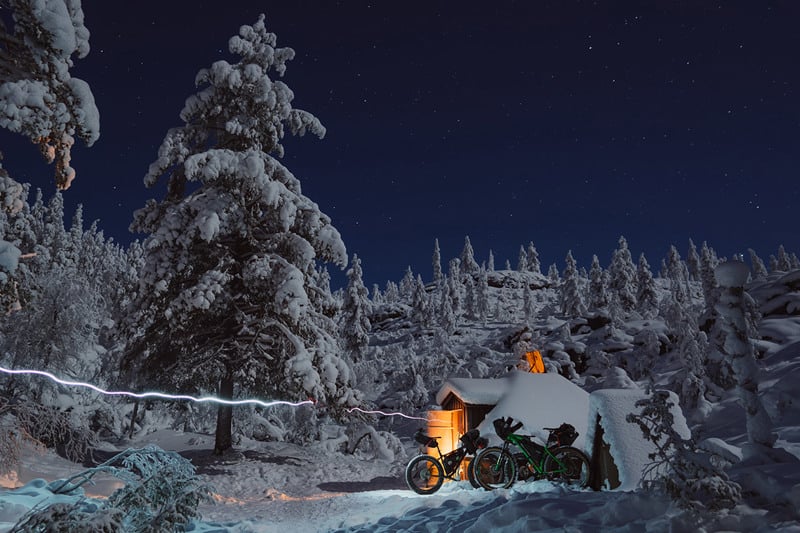
7 adventure films to watch over the holidays
Over the course of 2021 we’ve had the pleasure of being involved with some excellent adventure films. Now the holiday season is upon us, we decided to curate our favorite short films for you so when you have some downtime soon you can kick back and watch them. Scroll down for our seven favorites!
From Rails to Trails
Just watching this will make you shiver. Our very own bike lover Antti Laiho and his buddies Timo Veijalainen and Erkki Punttila went on an overnight bikepacking tour in the Finnish Lapland in the middle of winter. The landscapes look like something from a fairytale. Truly magical.
Rails to Trails from Kona Bikes on Vimeo.
Peak creators
Since forever there’s been a connection between creativity and the great outdoors. In this series of films we talk to an artist, a photographer, an architect and a trail builder about their creative process and how the outdoors inspires them.
Canary in the coalmine
Decorated technical diver, explorer and filmmaker Jill Heinerth explores the veins of the Earth. She sees close up how the impacts of humanity are affecting our planet so considers herself a canary in the coalmine.
How fast can Kilian run a vertical k?
This film shows just how much the Kilian pushes himself during his lightning fast ascents. He might be the GOAT mountain athlete, but that doesn’t mean it’s a walk in the park for him. Watch him attempt to break the fastest vertical k record and push his lungs to their limit.
Immersed
Swedish slopestyle mountain biker Emil Johansson won the 2021 world championship and is now the most successive slopestyle rider in history. But it very nearly wasn’t to be. A mysterious autoimmune disease came close to derailing his dreams. This film is about his journey.
Finding myself
Suunto ambassador Sami Sauri fell in love with cycling as a teen and says it gave her a new purpose in life. Since then she has done epic bikepacking tours across the US, and elsewhere. When she’s not riding, she might be out surfing or trail running.
Arctic Lines season two
Finnish freerider Antti Autti has embarked on the second season of his Arctic Lines project, the goal of which is to ride 30 lines above the Arctic Circle. He and his team document each trip and release a film about the experience. Watch as they face brutal cold, the polar night and their physical limits in the pursuit of sweet, sweet rides.
Lead images by Jaakko Posti Photography

Vertical Blue 2021 takes off
William Trubridge prepares for a depth dive.
It’s the first international freediving competition since the start of the COVID-19 pandemic so a lot of excited freedivers are arriving at Dean’s Blue Hole pumped to dive deep at Vertical Blue 2021. Running between 13 to 23 July, it’s likely to be the most celebratory edition in the event’s 11 year history.
The first Vertical Blue since 2018, organiser and Suunto ambassador William Trubridge has been working around the clock to make it happen. The ongoing travel and health restrictions due to the pandemic have increased his work load 100 fold. But knowing how much it means to the freediving community makes it all worthwhile.
“In these last 18 months a lot of people have been trapped and locked down, not able to travel or go to the sea, but everyone has been continuing to train and they are all amped to get back into the water,” William says. “It's the first big freediving event since COVID hit so we will get a chance to see where all the top athletes are with their training, and what they have been able to improve on, or whether they are behind now because of a lack of depth training. First indications are that everyone has been training really hard and there are going to be some epic performances.”
Follow the action at Vertical Blue via YouTube live!
All the top athletes in depth freediving, in all three disciplines, are attending this edition. “All the current record holders will be in attendance and most of the people who are within reach of world records,” William says. “At the last Vertical Blue in 2018, there were some days when the average depth amongst men and women across all disciplines, including no fins, was deeper than 80 m. This year I think it could be even deeper. In training at the moment the dive line is rarely less than 100 m. We're going to see some mind blowing performances.”
Check out our visual guide to freediving
William and his arch freediving rival Alexey Molchanov will be competing – a now longstanding tradition – for the top spot in Constant Weight without Fins (CNF). The stress of organizing the event isn’t giving William the dedicated training and recovery time he needs to be at his very best. Moreover, he isn’t sure he’ll be anywhere near his best. Depth freediving is a sport where being in a relaxed state is essential for success.
“My training was going very well up until about a month ago,” William says. “I was making steady progress towards attempting a world record in Free Immersion. I'd gotten within a couple of meters of achieving it. I was doing beautiful, comfortable, relaxed dives to that depth. That's when stuff started to go downhill with the organisation work and the stress ramped up.
“Hopefully if I can get everything resolved, then take a few days rest, and then build my training back up again, maybe by the end of the event I might be able to do some kind of a dive,” William continues. “I doubt it will be a world record dive. But never say never, fingers crossed, let’s see what happens.”
All images: © Daan Verhoeven

The canary in the coal mine
Suunto ambassador, pioneering underwater explorer and film maker, Jill Heinerth has dived in icebergs, explored deep underwater caves, and more recently documented the impacts of climate change in the Arctic Circle.
Capturing our changing planet and educating the public about the growing threat of climate change is what is increasingly moving her to dive and explore our blue planet. On World Ocean Day 2021, Jill shares insights from her 20 year career.
Press play to watch her incredible journey!
Where are you now and how has the pandemic treated you?
I live in a 200-year-old mill in a small town near Ottawa, Canada. It has actually been a bit of a gift to be home with my husband for a prolonged stretch, but I am certainly eager to get back to some of my travels. This has been a good time for rest, learning, and incubating new ideas.What’s been inspiring you lately?
I wrote the foreword for a new book by Frauke Bagusche. The book is called: The Blue Wonder: Why the Sea Glows, Fish Sing, and Other Astonishing Insights from the Ocean. I found it fascinating and quite inspirational.
What are you working on at the moment?
I'm exploring Canada's longest underwater cave system and documenting some of the endangered species I have found there. I am also actively involved in a documentary and educational initiative about the Great Lakes Watershed. With many of my projects on hold from COVID, it has been great to be involved in important projects close to home.It’s mind blowing how many incredible expeditions you’ve been on – how have they changed you?
Absolutely! As I get older, I feel more urgency to work on projects that really matter and that will leave a lasting educational legacy. I am drawn to work that communicates about water literacy and climate change. I think that motivational stories from the natural world and exploration can connect people to critical global issues.Is the underwater exploration and expedition scene attracting more women now?It is not happening quickly enough for my liking, but I am seeing more women involved in exploration. I think there are a lot of women that face serious roadblocks; difficulty getting career positions and opportunities.
You say you’re the canary in the coal mine – what are you seeing right now in terms of alarm bells?
Oh gosh, where should I begin? I'm 56 years old and I am truly shocked by the magnitude of change that I have seen in the natural world in my lifetime. The coral reefs I dived on 30+ years ago are dead and devoid of fish. The sea ice in the north sets up later and thaws earlier each year. The lakes that I learned to dive in have been grossly affected by invasive species. We are living in a rapidly transforming world. It frightens me, but I do not give up hope.What does humanity need to do to avoid crossing the tipping point?
I hope we have not already crossed the threshold, but I would say that we all need to stay optimistic. We might not have the big answers to the world's most pressing issues, but we all know small actions and changes that we can make in our lives that help move humanity in a positive direction. We need to urgently address the warming planet and water quality issues. They are all connected. Our actions against COVID-19 are a good example. We are delivering a vaccine that might have previously taken a decade to develop and test. We have the brain trust and the explorers that can solve big problems when we all work together.How has the development of Suunto dive tech aided your journeys?
I've been diving Suunto products for my entire career. They have always been innovative, well-built, and reliable. When somebody opens a box with a brand new Suunto product, they likely feel as I do... that this tool is going to accompany me on some of life's greatest adventures! One of the Suunto computers I used for record-breaking dives in 1998 is now on the wrist of a young whale researcher in Patagonia. I've passed on my older devices to others that are still using them today. That is quite an endorsement!Do you have any dream explorations you’d like to do?
I have not yet visited the Galapagos or Cocos Islands. I sure hope to make that possible one day. In the interim, I will have lots to keep me busy!
All images and video by Janne Suhonen, Divers of the dark






































































